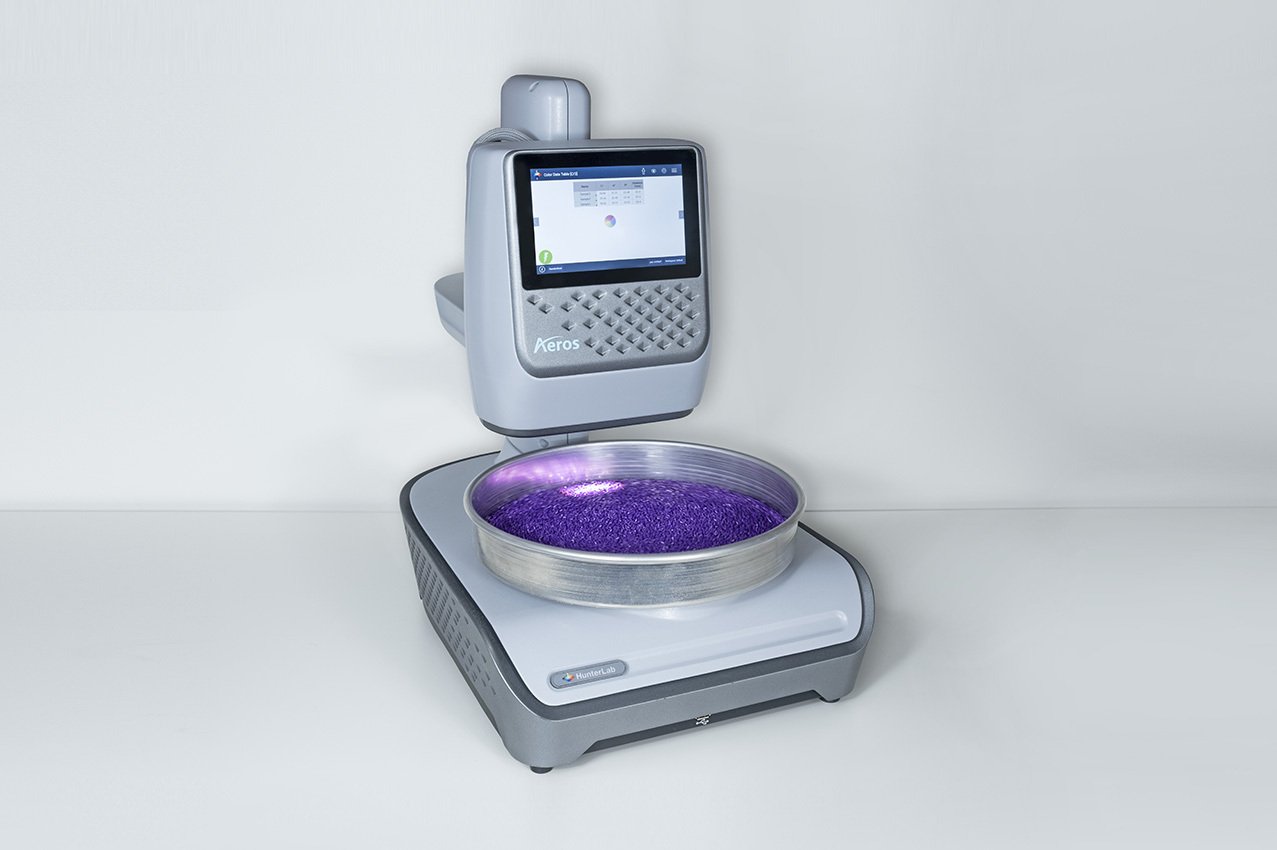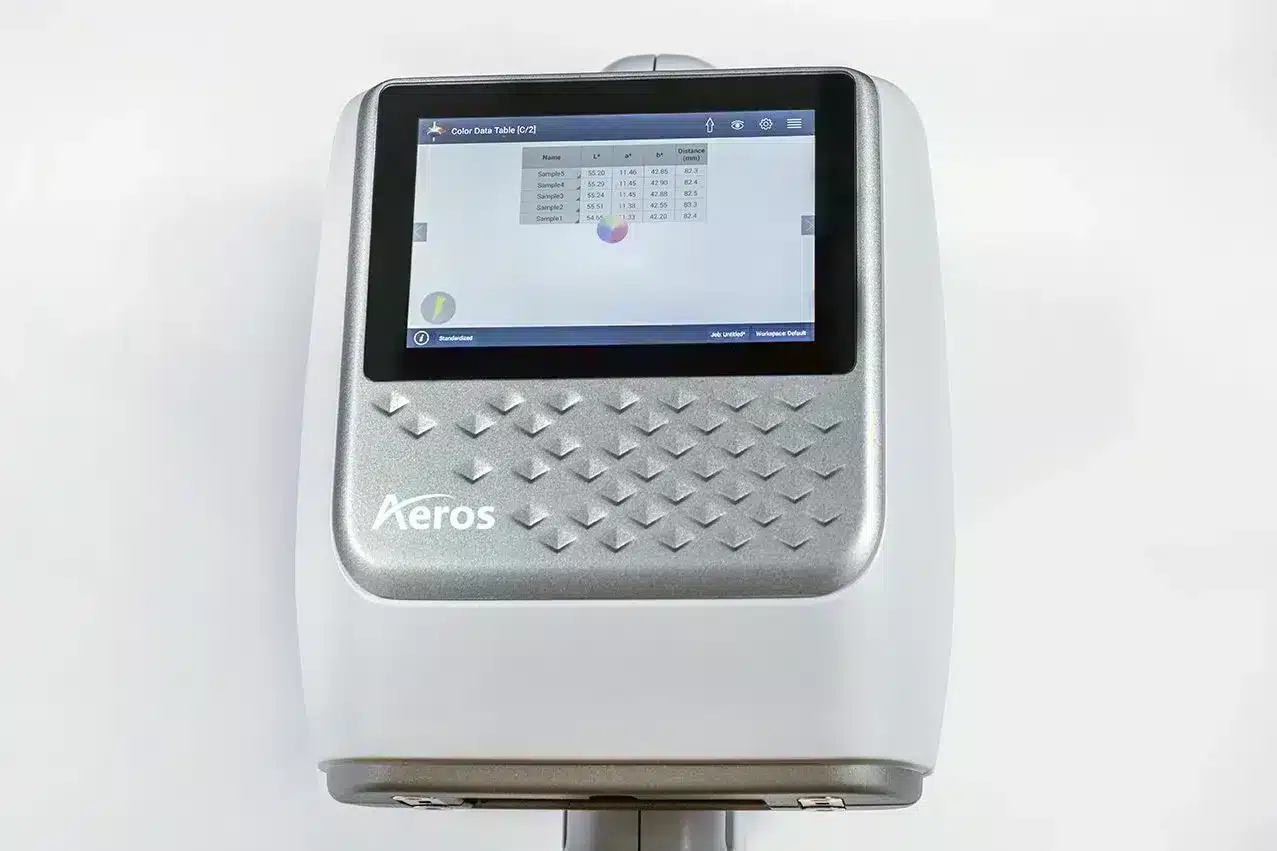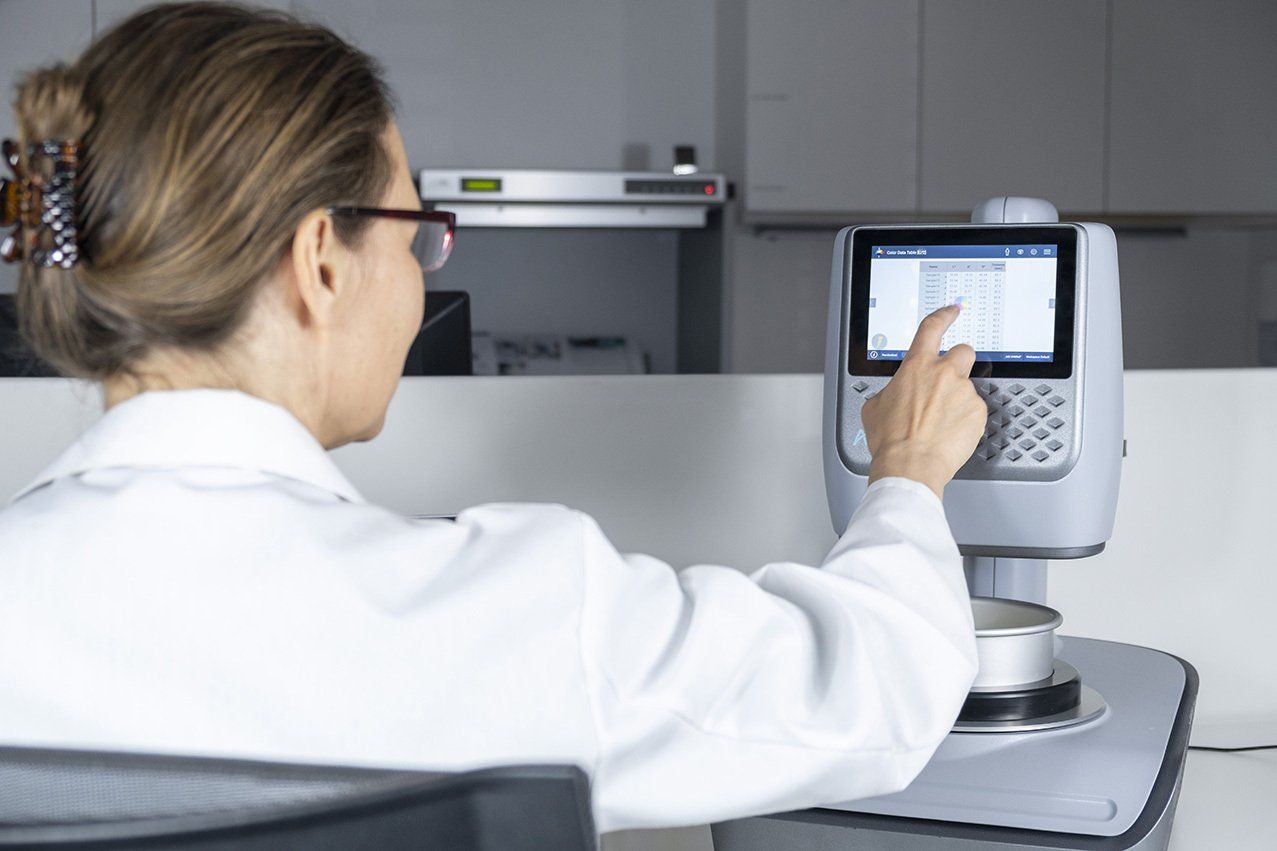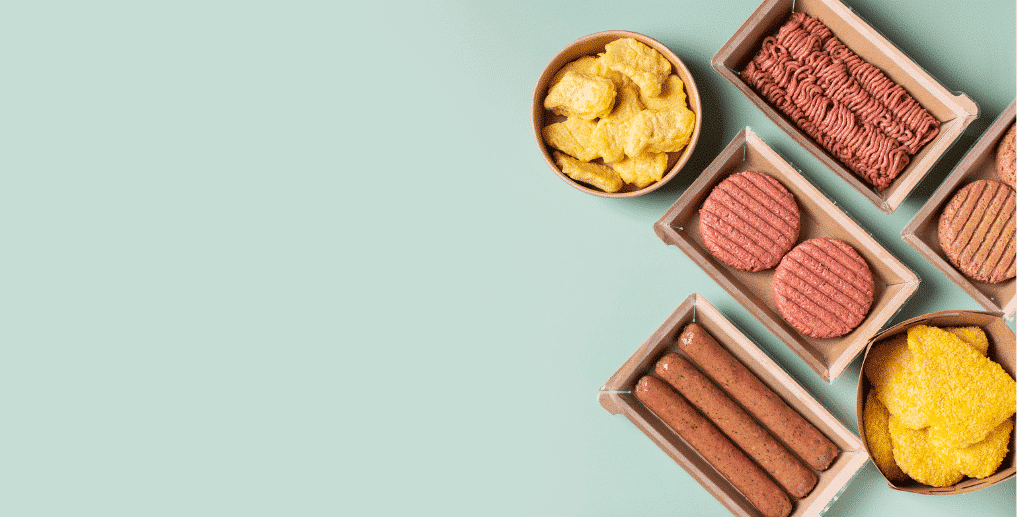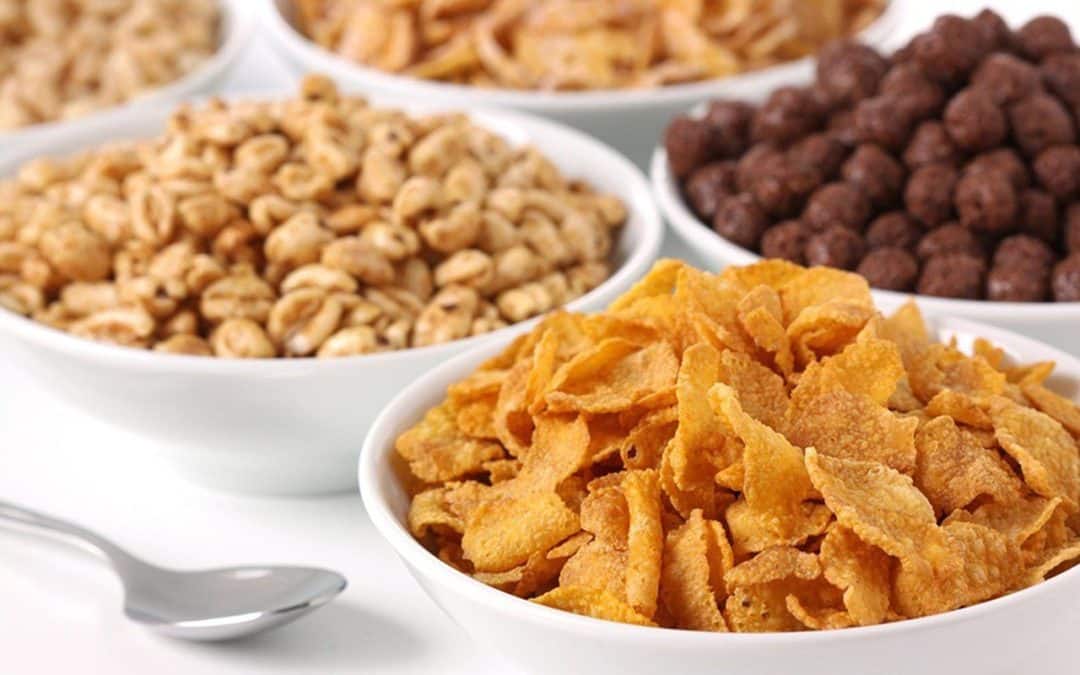Colour measurement of granules and pellets with the Aeros spectrophotometer from HunterLab
Detect colour changes at an early stage, ensure quality and increase productivity
In the production of various granulates, the product is analyzed with a spectrophotometer during the manufacturing process to ensure the correct shade. A change in the colour of the end product should be detected at an early stage in the process in order to be able to intervene in time and “save” the product. Production should not be disrupted or held up by this quality control.
Special measuring techniques help to carry out reliable checks during production with simple handling. With the
HunterLab Aeros
you can precisely determine the colour of granules. As this non-contact measurement method is very user-friendly and the measurement results are reproducible with high repeatability, this device is recommended by HunterLab for the measurement of granules and pellets.
Non-contact measurement from above
In processing, some products take the form of pellets, granules, chips or flakes, i.e. they are not flat solids. For this reason, the product is placed in a dish for colour measurement and the surface of the particles is viewed as a whole. The measurement is carried out without contact from above. Automatic height adjustment ensures the perfect distance between the sample and the sensor.
Easy handling
The simple filling of a tray without flush scraping or jogging provides the most accurate results with the highest repeatability. Due to a sufficient layer thickness of the sample in the dish, the colour of the bottom of the dish demonstrably has no influence on the measurement result, even with translucent samples.
Large measuring surface due to many measurements
Granules are irregular in size and shape. Individual measurements of small surfaces would therefore deviate greatly from one another. The Aeros calculates the average value of 35 measurements in 5 seconds while the bowl rotates under the sensor. The sensor is positioned eccentrically and therefore the measuring spot is positioned close to the edge. A total surface area of up to 177.25 cm2 is therefore considered. A comparison with intermediate measurements without a measuring flash guarantees that the measurement is insensitive to the ambient light present. The following selection from a variety of optional colour scales and indices has proven itself when measuring granules:
- Colour scale: CIE L*a*b* for the complete colour description
- Colour index: YI E313 (degree of yellow)
- Differences: ΔE* or ΔE*2000
- Illuminant/observer function: D65/10
(Note: If you want to match the colour at different locations, you should always use devices of the same model).
The yellowness index E313
For translucent granules in particular, the degree of yellowness YI E313 provides very good information about the correct course of the production process. A yellow tint or yellowing of the end product should be avoided during the process. This colour index YI E313 was defined by the ASTM for paper, paint and plastic and is used to indicate how far the colour of a sample deviates from an ideal white or ideal colourlessness. A higher value of the degree of yellowness means a stronger yellowing of the sample.
Conclusion
The inhomogeneity of the sample determines the choice of measuring device. Aeros is used for irregularly shaped samples of all kinds.
Would you like to know how we exactly reproduce the colour values of your sample? Get in touch with us, our colorimetry experts look forward to hearing from you.

